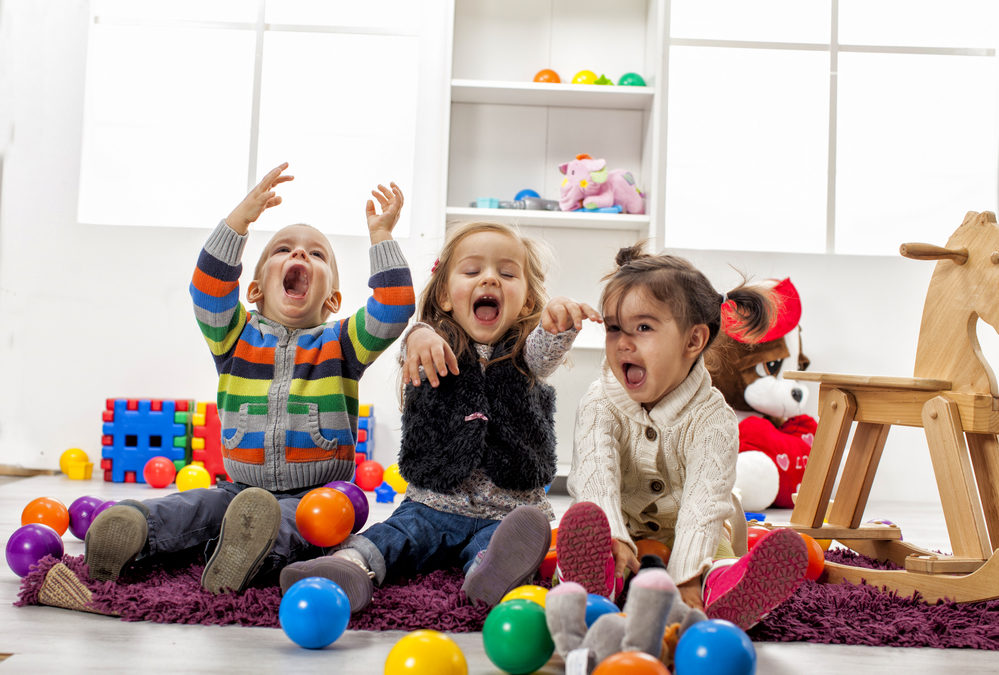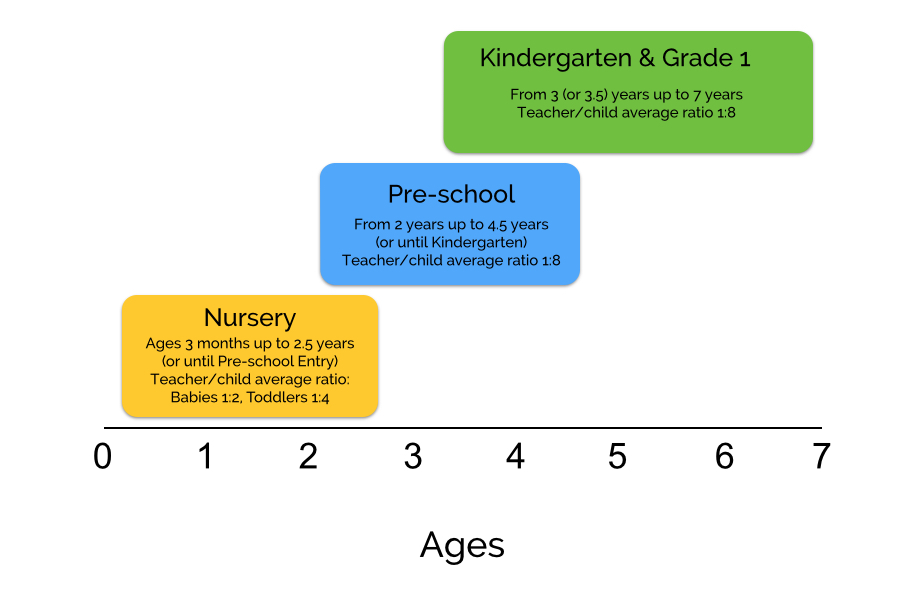
By the time they reach the pre-kindergarten classroom, children continue building skills, but they are also gaining the confidence to work independently and use their skills to complete more in-depth projects with their peers. Why a Pre-Kindergarten Education Is Importantĭuring the early preschool years, children develop vocabulary and language skills, are introduced to a wide variety of materials, and begin to learn skills, such as working with peers and collaborating on projects. In addition to the learning that took place organically through this project, the children focused on kindergarten readiness by participating in structured pre-reading, writing, and math activities throughout the day. The children learned about and made a graph of oviparous (egg-laying) animals. After the teacher read the story, “The Little Red Hen,” the children began acting the story out and eventually made simple costumes and put on a play. They made signs for the stand and used objects, such as pine cones and rocks, to represent produce. With the teacher’s help, they collaborated to create a farm stand in the classroom.

For example, in one pre-kindergarten classroom, the children became interested in agriculture after taking a field trip to a farm. In a pre-kindergarten program, however, children are ready for more advanced learning and organized skill building. While each child develops at his or her own pace, in general, children in a pre-kindergarten class engage in kindergarten readiness activities involving deeper learning and more structured skill building.įocus on school readiness: School readiness skills are addressed in both preschool and pre-k curriculums, typically through group-time instruction and playful activities woven throughout the day. What age is preschool? Depending on state licensing regulations and enrollment needs, the preschool age range is typically from 2 ½ to 4 ½ years old children in a pre-kindergarten class are generally 4 or 5 years old. How Are Preschool and Pre-Kindergarten Different?Īges and stages: One of the main differences between a preschool and a pre-kindergarten classroom is the age of the children and their developmental abilities. They teach social skills through daily interactions, mentoring, and even direct teaching, when appropriate. A quality pre-k or preschool education requires nurturing teachers who create safe environments where children can thrive. Social-emotional growth: Relationships are at the heart of successful classrooms, regardless of the age or stage.

A typical day includes rich opportunities for pretend play, music, art, science, reading, and math activities. At these ages, children learn best through hands-on experiences, learning, and exploring.

Meaningful learning: Both preschool and pre-kindergarten classrooms in a high-quality program emphasize an emergent curriculum and approach: playful learning that is driven by the children’s interests and based on sound, age-appropriate practices.

In this article, we cover the similarities and differences between preschool and pre-kindergarten to help you choose a program that’s right for your child. A quality early childhood education is about providing a well-rounded curriculum that fosters whole-child growth and encourages children to communicate, collaborate, create, and think critically-skills children need that researchers have identified as essential for success in the 21st century.īoth preschool and pre-k curriculums address children’s needs, but pre-kindergarten is distinct and separate from preschool. Parents often ask about the difference between preschool and pre-kindergarten, and wonder if pre-kindergarten is really necessary. Many early childhood schools and centers offer both preschool and pre-kindergarten, sometimes called “kindergarten prep” programs.


 0 kommentar(er)
0 kommentar(er)
